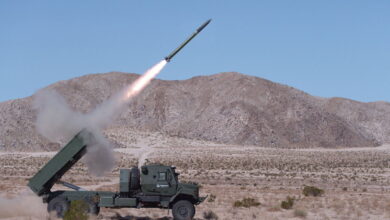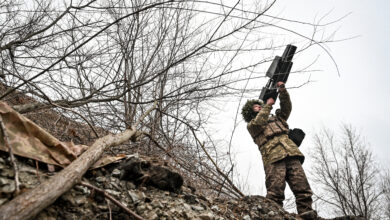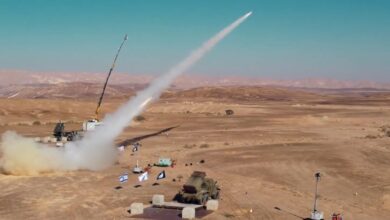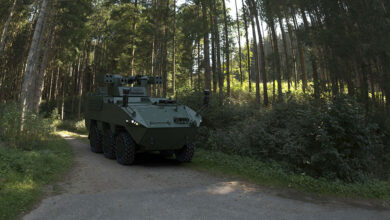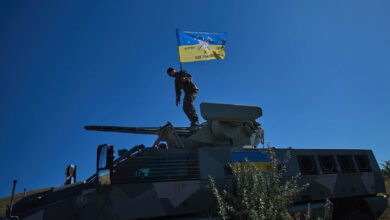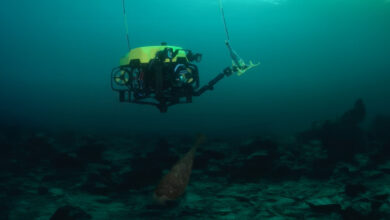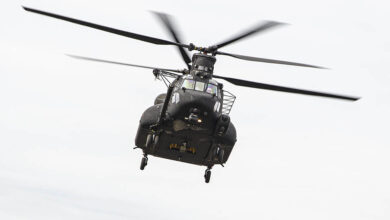Raytheon has tested its Lower Tier Air and Missile Defense Sensor (LTAMDS) radar for the US Army in New Mexico.
The trial was part of a $384-million contract signed in 2019 for six LTAMDS to replace older radars of the service’s Patriot surface-to-air missile systems.
In July 2022, Raytheon received a $354-million contract to provide the army with additional LTAMDS prototypes.
Operational Capability by End of Year
Held at the White Sands Missile Range, the LTAMDS undertook 11 mission sets against simulated and real-world threats.
Each set involved search and tracking operations to maintain airspace advantage over fixed-wing and rotary aircraft, drones, cruise missiles, and tactical ballistic missile decoys.
The assessment concluded with the LTAMDS achieving “effectiveness” against the threats, Raytheon noted.

“The strong performance of LTAMDS at this stage of testing is a critical milestone on the path to achieving an operational capability level by the end of this year,” Raytheon Land & Air Defense Systems President Tom Laliberty stated.
“The progress made to date is a testament to our collaborative partnership with the US Army and our shared commitment to getting this exceptional capability to air defense forces around the globe as soon as possible.”
The LTAMDS Radar
The LTAMDS is a 360-degree radar developed to intercept existing and next-generation aerial threats.
Targets the capability can neutralize include hypersonic weapons, a category of projectile that travels at Mach 5 or five times the speed of sound.
The system incorporates a set of antenna arrays to sustain tracking and defense against multiple threats coming in any direction at the same time.
The current LTAMDS functionally is specialized to support the US Army’s Integrated Air and Missile Defense System, a platform offering centralized distribution of mission command, sensor, and weapons data to sustain “coordinated and integrated response to synchronized complex threat raids.”



